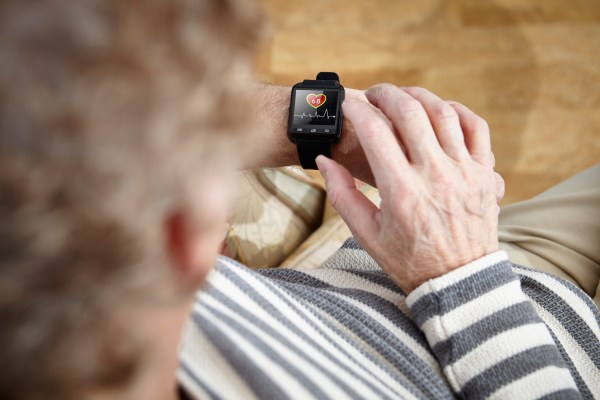
Blood pressure, body temperature, hemoglobin A1c levels and other biomarkers have been used for decades to track disease. While this information is essential for chronic condition management, these and many other physiological measurements are typically captured only periodically, making it difficult to reliably detect early meaningful changes.
Moreover, biomarkers extracted from blood require uncomfortable blood draws, can be expensive to analyze, and again, are not always timely.
Historically, continuous tracking of an individual’s vital signs meant they had to be in a hospital. But that’s not true anymore. Digital biomarkers, collected from wearable sensors or through a device, offer healthcare providers an abundance of traditional and new data to precisely monitor and even predict a patient’s disease trajectory.
With cloud-based servers and sophisticated, yet inexpensive, sensors both on the body and off, patients can be monitored at home more effectively than in a hospital, especially when the sensor data is analyzed with artificial intelligence (AI) and machine-learning technology.
Opportunities for digital biomarkers
A major opportunity for digital biomarkers is in addressing neurodegenerative diseases such as mild cognitive impairment, Alzheimer’s disease and Parkinson’s disease.
Neurodegenerative disease is a major target for digital biomarker development due to a lack of easily accessible indicators that can help providers diagnose and manage these conditions. A definitive diagnosis for Alzheimer’s disease today, for example, generally requires positron emission tomography (PET), magnetic resonance imaging (MRI) or other imaging studies, which are often expensive and not always accurate or reliable.
Cost savings and other benefits
Digital biomarkers have the potential to unlock significant value for healthcare providers, companies and, most importantly, patients and families, by detecting and slowing the development of these diseases.

